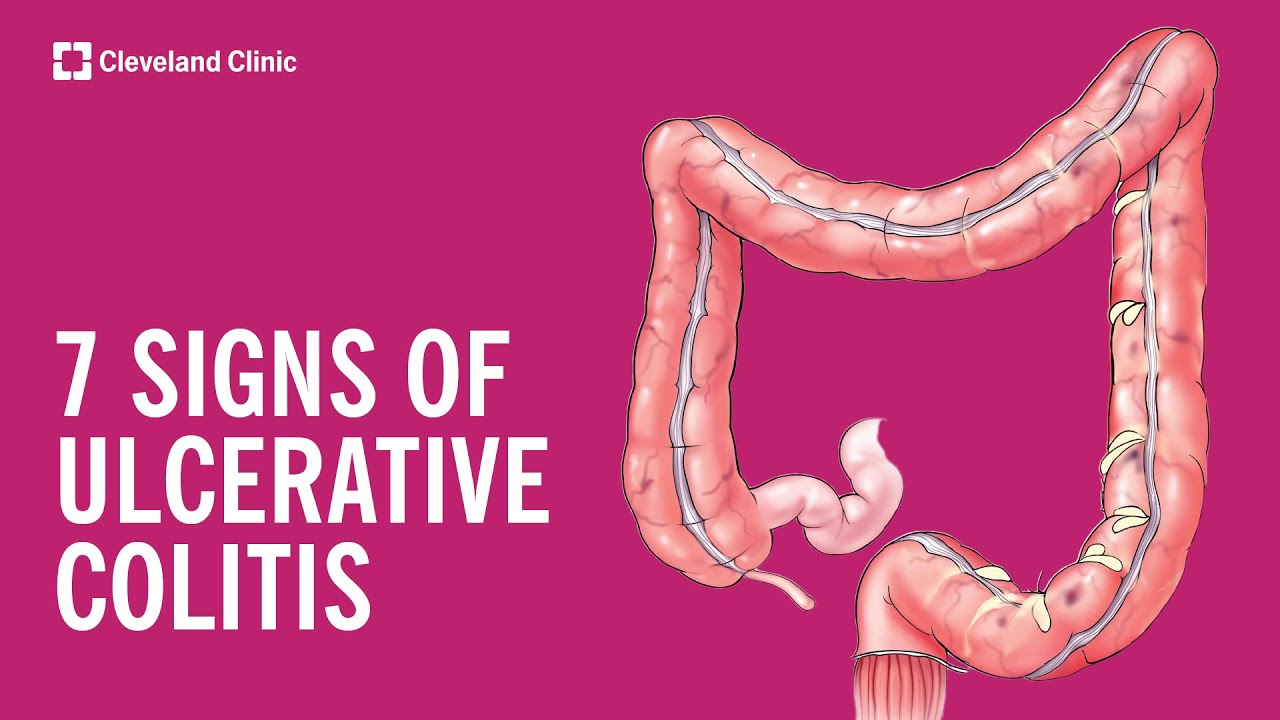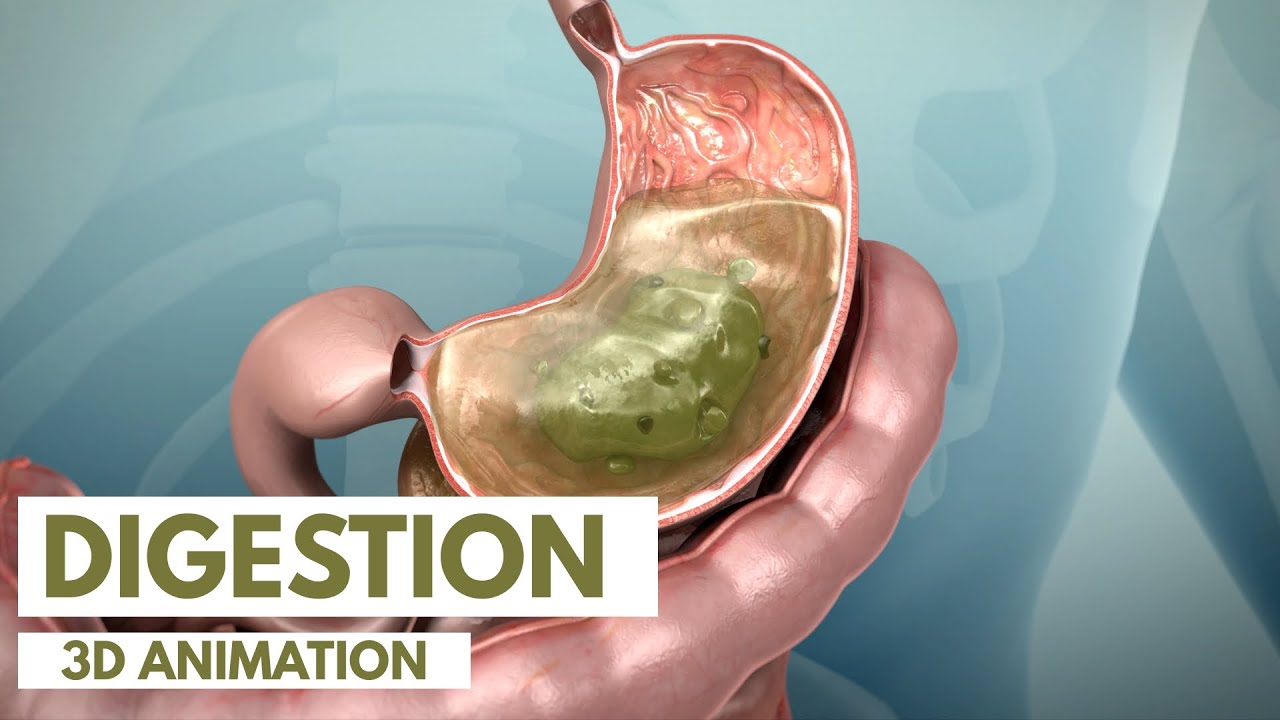The Reuters Health • The Doctor's Channel Newscast Channel
NEW YORK (Reuters Health) – Among older patients with an intact abdominal aortic aneurysm (AAA), those undergoing endovascular repair have a lower long-term mortality risk than those undergoing open repair, according to a report in the Journal of the American Medical Association for April 18.
“The long-term survival advantage associated with endovascular repair persisted in multivariable analysis, suggesting that this relationship was independent of patient demographics, emergency presentation, and comorbidities,” the authors comment.
Dr. Rubie Sue Jackson, at Georgetown University Hospital in Washington, DC, and colleagues explain that endovascular AAA repair has been shown to reduce 30-day and in-hospital mortality, but not long-term mortality, compared with open repair. Furthermore, some reports have linked endovascular repair to late complications and higher costs, so its elective use is controversial in healthy patients.
To examine long-term outcomes of AAA repair, the team analyzed Medicare data on 4529 patients 65 years of age and older who underwent either open repair (n=703) or endovascular repair (n=3826) over a 5 year period. Median follow-up was 2.5 years.
The overall mortality rate per 1000 person-years was 76 with endovascular repair compared to 89 with open repair, the investigators found. The corresponding AAA-specific mortality rate was 2.8 vs 11.3 per 1000 person-years with endovascular versus open repair, respectively.
The researchers report that mean length of stay was significantly longer with open than endovascular repair (10.4 vs 3.6 days), but there was no statistical difference in 1-year rates of readmission, repeat repair, or lower extremity amputation.
When patients who died within 30 of the procedure were excluded, there was no significant difference in AAA-specific mortality between the two approaches (3.1 vs 2.2 per 1000 person-years; p=0.36), according to the report.
Given that finding, Dr. Jackson and colleagues conclude that “the survival advantage generated in the perioperative period persisted throughout the entire follow- up period, suggesting that, compared with open repair, endovascular repair was associated with similar protection against late AAA rupture.”
SOURCE:
JAMA 2012;307:1621-1628.









